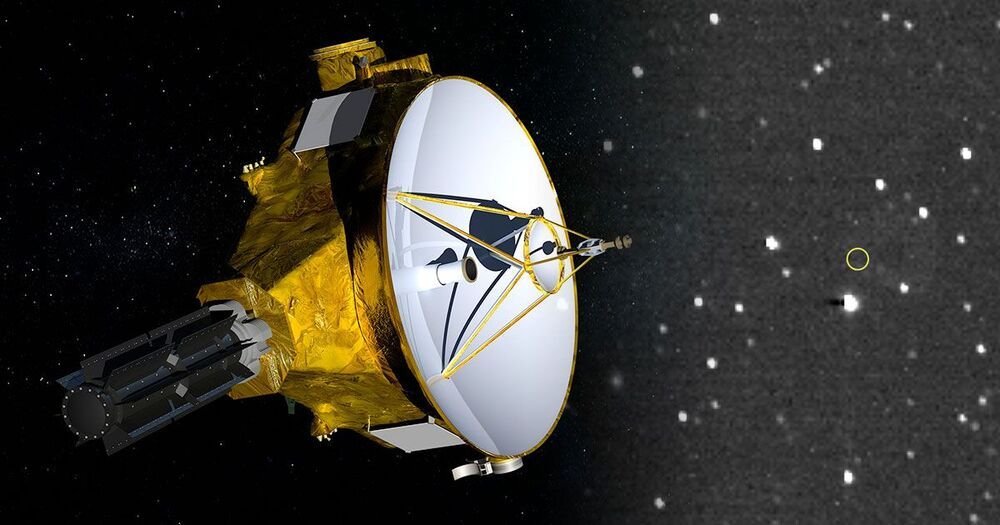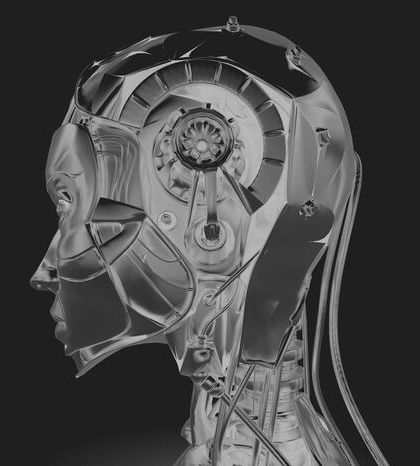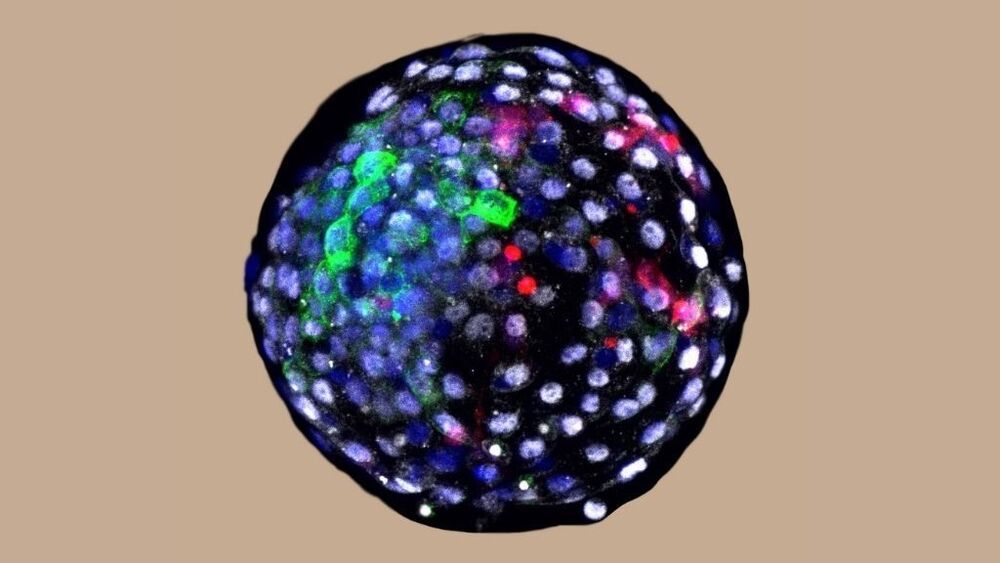Employees play a vital role in ensuring their company’s cybersecurity bubble remains intact. Many malware campaigns begin by sending an e-mail communication to employees. To learn basic cybersecurity hygiene, employees must become familiar with password management, identify and report security threats, and recognize suspicious behavior. Regular content and training will assist employees in countering any malware threats they encounter.
Adopt a culture of comprehensive security.
Given the ongoing evolution of malware attacks and their capability to surpass what they were capable of, organizations should prioritize a strong malware protection strategy. Consultation with experienced cybersecurity experts like Indusface can help them create a solution that meets their needs.









